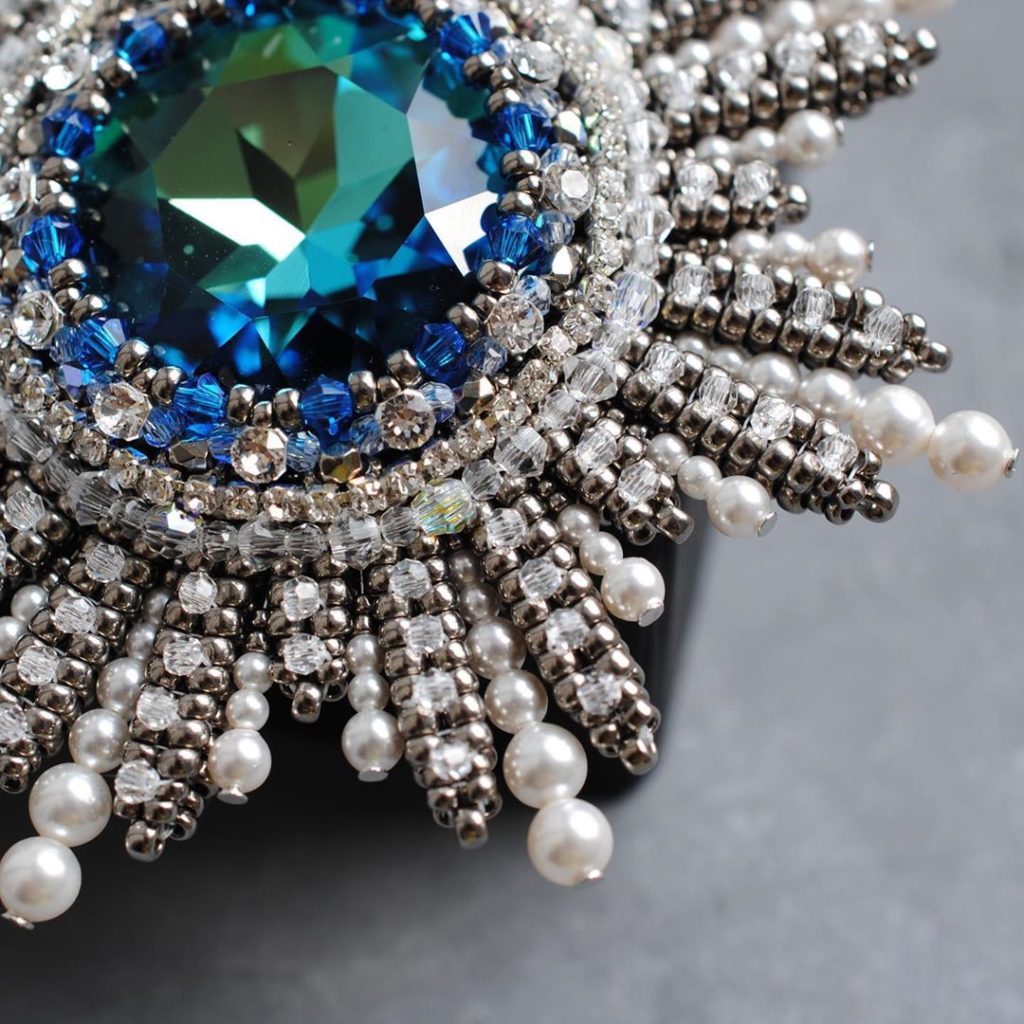Rhinestones are small elements that imitate precious stones. We use them everywhere, sewing them onto clothes and shoes, decorating interior items or toys with them, and adding them as main details to jewelry.

The word “rhinestones” did not appear by chance. It arose thanks to the glassmaker and eminent jeweler G. Strass. This man is considered a true master of his craft, because it was he who ingeniously made a stone from glass with a large amount of lead that was incredibly similar to a real diamond. The fake was not noticed immediately, and when the secret was revealed, Strass was called one of the most brilliant adventurers. Since then, all artificially created stones that look like diamonds have been called rhinestones.
Modern rhinestones are made from four types of materials: glass, plastic or acrylic, crystal. Actually, the price of such products is determined by what they are made of. Crystal stones are considered the most expensive, and plastic stones are considered cheapest.
By the way! The famous Swarovski rhinestones are made from crystal, which is recognized as the purest and most perfect in the world.Therefore, their cost is exorbitant: the price for them is often slightly less than for precious stones. To date, no one in the world has been able to repeat the success of these products, so they can rightfully be called unique.

@strazi_siyanie1
Rhinestones are universal. They are used for different situations:
If previously rhinestones were made exclusively by hand, then in the modern world of machines and technology everything is a little different. Today, these jewelry are produced on an industrial scale, made on special machines.
Depending on the manufacturing technology, artificial stones can be sewn or glued. The first option was especially common when our grandmothers were, but even today they do not forget about it.

@masterskaya_yana
Thus, modern sew-on rhinestones are divided into two types:
Sew-on stones are practically not used in the manufacture of costume jewelry, but are indispensable when sewing textiles.

@strazi_siyanie1
Adhesive rhinestones are a more progressive option. They can also be different:
The size of the rhinestones is also different. There are very small ones that are actively used by manicurists to decorate nails. There are medium-sized stones (up to 5 mm), but there are also items that are huge by jewelry standards (with a diameter of 1 cm or more).